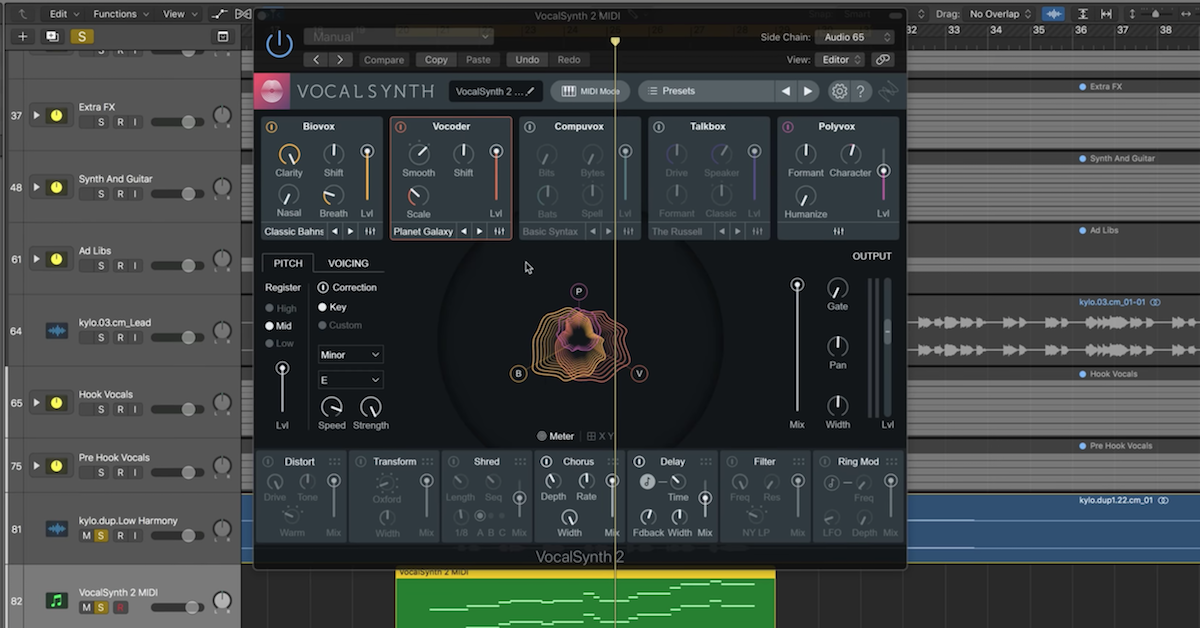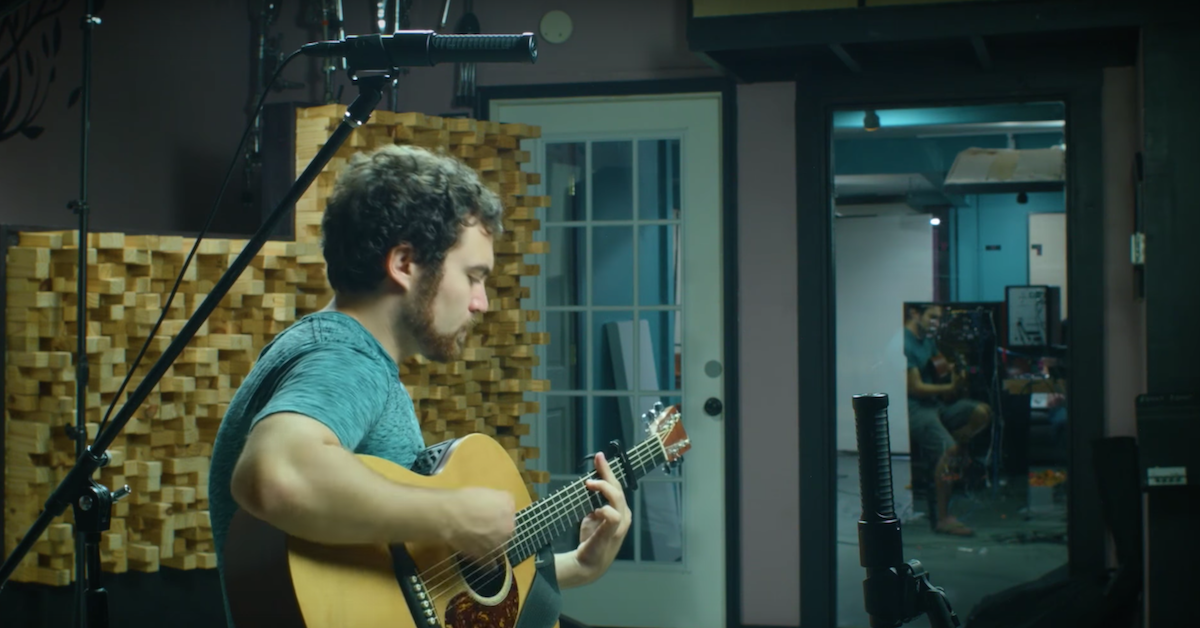How to Strengthen Emotional Ties to Your Own Productions
Article Content
I have to admit, I don’t finish a lot of stuff. I’ve started so many productions in my time that I had really high hopes for, but somewhere along the way they fell out of my consciousness and never got finished. Of course, we all make little sketches that never make their way out into the world and that’s just the way experimentation and creation of art works.
However, not finishing the majority of your projects will mean that you fail to learn a lot of vital things about music production; it’s hard to improve your finished work if you don’t have much finished work of your own to learn from. We all need to make mistakes that we can look back on and learn from. And secondly, looking back on some of those unfinished projects, you’re almost certainly going to find at least a few that could match or even surpass some of your best work.
Sometimes we abandon stuff because it simply doesn’t live up to our standards, but other times we just lose focus and move on for no good reason.
One way to make sure you don’t give up on a project so easily is by making it more meaningful to you personally.
Making it Your Own
What I’m proposing here is all about killing several birds with one stone; doing things in a way that will be beneficial to you in more than one way while strengthening your emotional ties to a production.
In a recent interview with the superb Norwegian electronic duo Röyksopp, they were asked how to keep productions from sounding dated. The answer was simple and direct: make your own sounds.
Let’s be honest, not everyone is a genius sound designer and there are a whole bunch of great sounding libraries and presets available to us today at the click of a mouse. Still, there is a lot to be said for making your own sounds from scratch. Aside from learning a lot about sound design, you create a sound of your own that is not as easily associated with a particular synth, sample library, etc.
But continuing along the lines of our theme, there is a major benefit to making your own sounds: the music will feel more unique to you, your DNA is ingrained in all those little transients as well as the overall tone of your production.
Just to be clear, lazily making uninspired sounds for the sake of it will not magically do you any good. What I’m talking about here is putting as much of yourself and your creativity into making those sounds.
I find the microphone to be a great companion in this process; there is so much you can do using a heavily colored microphone and some ordinary objects. Of course, using any microphone and ordinary percussion and tonal instruments is very much permitted.
Layering samples or virtual instruments with your own recorded sounds goes a long way for a unique production style and strengthening your emotional ties to your work (because it feels more like “you”).
Practice
Let’s do an exercise, use anything in your mixing room that is not a musical instrument and start recording sounds from it.
I used a metallic water bottle with different amounts of water in it to spark the creativity for three tracks.
Heavily pitch shifting the sounds in a DAW is what opens up a world of possibilities in my case.
The Hardware Way Might Be the Easy Way
Ever since I became interested in music production I’ve loved using, talking about and thinking about good analog hardware gear.
One of the first things I did after deciding to set up my own recording studio was buy a pretty damn expensive hardware compressor. I was convinced that it would make all the difference and give me an edge over my fellow music producers.
Over the years I’ve forced myself to do numerous blind listening tests and I’m less confident today about the sonic superiority of analog gear over the well made plugins I have at my disposal. But even if one were to conclude that the sounds I can make inside my DAW are no less stellar sounding, I still find huge value in using my analog gear.
I love recording to analog tape (I have a two-track machine that I use for selected tracks and sometimes whole mixes), and I love using old microphones and running synths through chains of gear.
These processes give me more unique sounds, especially when I use rarer pieces of gear or creative combinations of gear. But probably the biggest gain is the emotional tie to the recordings; I actually remember setting up the tape machine, cleaning the heads and transferring the recording to my DAW after rewinding the tape.
The mad scientist moments when I patch things together and lose track of time creates something human that makes me care about that piece of music a little bit more than the tracks I made using plugin synths and purchased drum samples.
An aspect that might be equally important is the minimization of second-guessing during production. You decide — and you print.
Take Your Music to the Next Level
Making Sound is available now, a new e-book filled with 15 chapters of practical techniques for sound design, production, mixing and more. Quickly gain new perspectives that will increase your inspiration and spark your creativity. Use the 75 additional tips to add new sparkle, polish and professionalism to your music.






